Exploring Chili Pepper Varieties: From Mild to Super-Hot
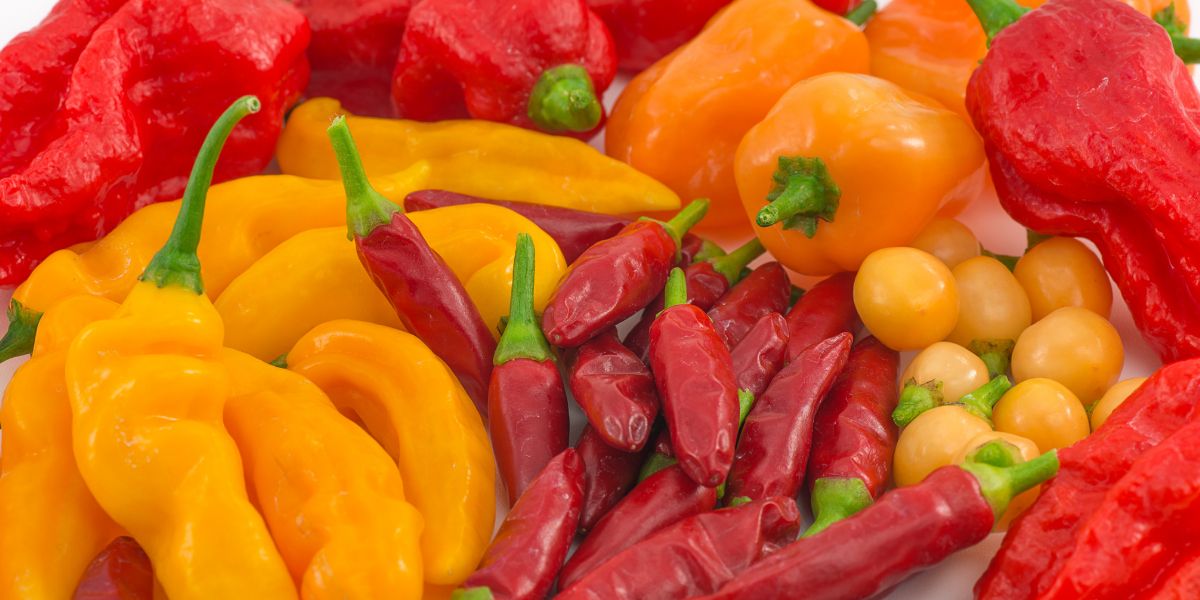
Chili peppers come in a wide variety of shapes, sizes, colors, and heat levels. From the mild and flavorful to the super-hot and tongue-numbing, there's a chili pepper out there for everyone. In this article, we'll take a journey through the world of chili peppers, exploring different varieties and discussing their unique characteristics.
Are you a chili pepper lover who wants to learn how to grow chili pepper plants at home? Look no further! Click below to find out which must-have books will guide you through the process of growing your own chili peppers...
Whether you're growing chili peppers for the first time or you're an experienced chili enthusiast, you're sure to discover something new and exciting.
Mild Chili Peppers
Mild chili peppers are perfect for those who enjoy the flavor of chilies without the intense heat. These peppers can be grown indoors or in containers, making them ideal for gardeners with limited space.
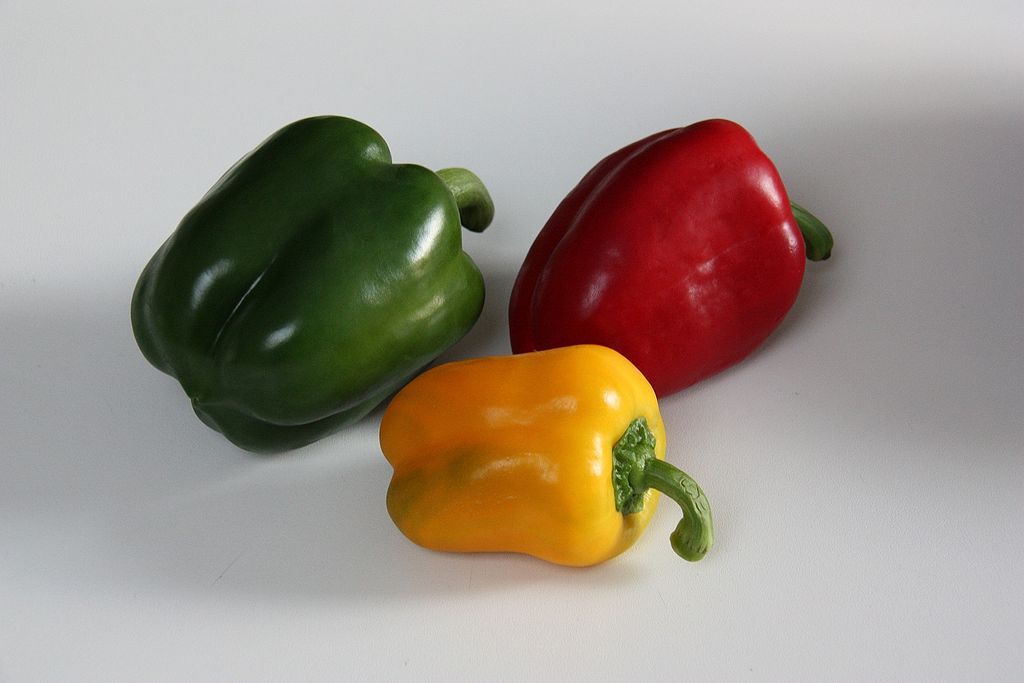
Bell Peppers
Bell peppers are the mildest of all chili pepper varieties, making them a popular choice for those who prefer a subtle heat. They come in various colors, including green, red, yellow, and orange, and are packed with nutrients like vitamin C and antioxidants. Bell peppers are easy to grow and can be used in a variety of dishes, from salads to stir-fries.
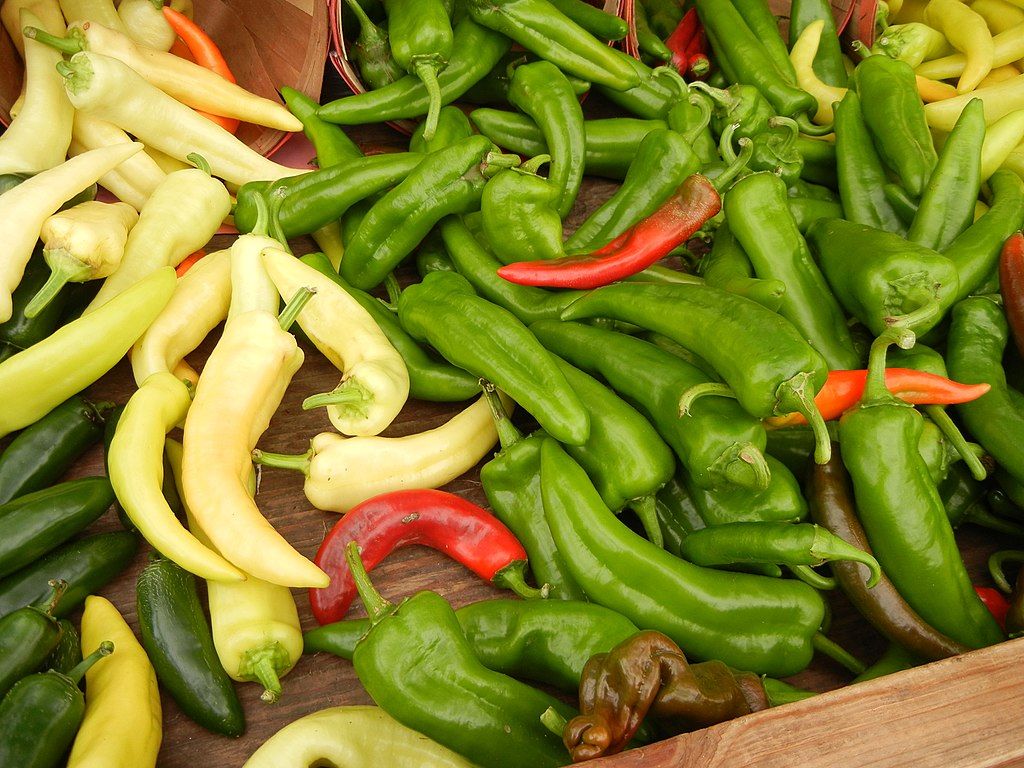
Anaheim Peppers
Anaheim peppers are slightly spicier than bell peppers but still considered mild. They have a sweet, fruity flavor and are commonly used in Mexican cuisine. Anaheim peppers can be roasted, stuffed, or added to salsas and sauces.
Medium-Heat Chili Peppers
Medium-heat chili peppers offer a balance of flavor and heat, making them suitable for those looking to add a bit of a kick to their dishes without overpowering the other flavors.

Jalapeño Peppers
Jalapeño peppers are a popular medium-heat chili pepper that can be easily grown and used in a variety of dishes. They have a moderate heat level and a crisp, fresh flavor that works well in salsas, dips, and poppers. Jalapeños can be grown in pots or grow bags, making them an excellent choice for container gardening.
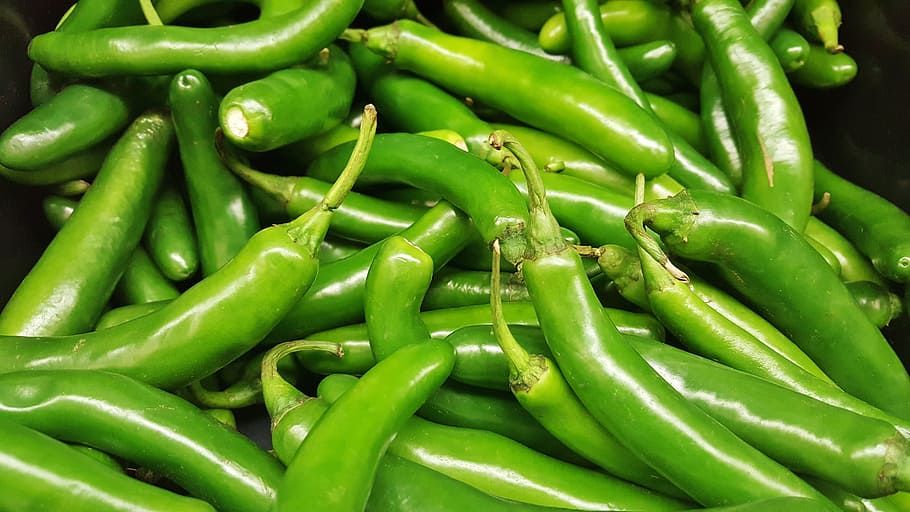
Serrano Peppers
Serrano peppers are slightly spicier than jalapeños, with a similar fresh, crisp flavor. They're often used in Mexican cuisine and are perfect for adding heat to salsas, sauces, and marinades. Serrano peppers can be grown from seeds and are well-suited for container gardening.
Hot Chili Peppers
Hot chili peppers pack a punch and are ideal for those who enjoy intense heat in their dishes. These peppers should be used sparingly, as their heat can easily overpower other flavors.

Habanero Peppers
Habanero peppers are one of the hottest chili peppers commonly available, with a fruity, citrus-like flavor that is often used in Caribbean and Latin American cuisine. They can be grown from seeds or indoor gardening, and their vibrant colors make them an attractive addition to any garden. Habaneros are perfect for hot sauces, salsas, and other spicy dishes.
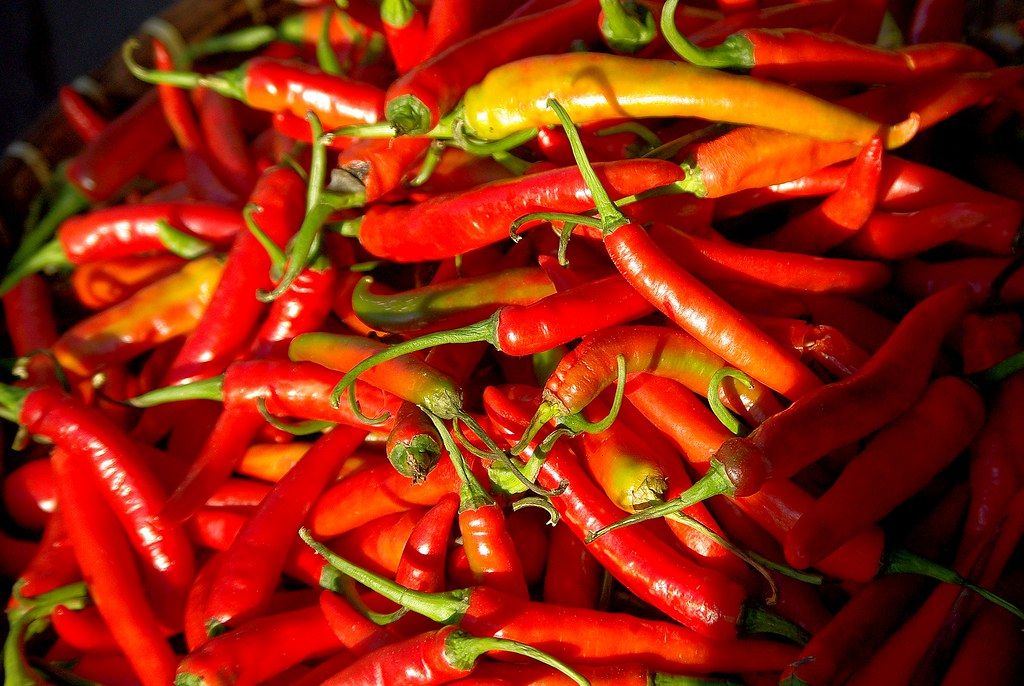
Thai Bird's Eye Peppers
Thai Bird's Eye peppers, also known as Thai chilies, are small, slender peppers with a fiery heat level. They are a staple in Southeast Asian cuisine, used in curries, stir-fries, and dipping sauces. These peppers can be grown in containers and are a great option for those looking to add some serious heat to their dishes.
Super-Hot Chili Peppers
For those who crave the ultimate heat, super-hot chili peppers offer an extreme experience. These peppers are not for the faint of heart and should be used with caution.
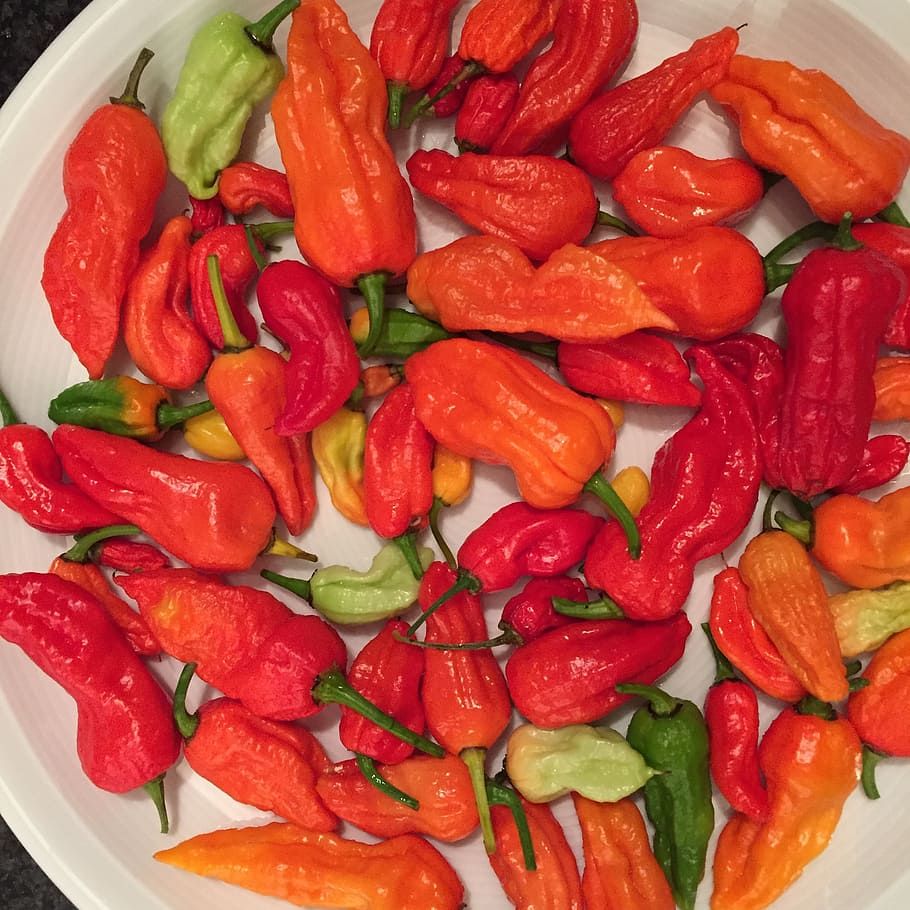
Ghost Peppers
Ghost peppers, also known as Bhut Jolokia, were once considered the world's hottest chili pepper. They have a smoky, fruity flavor and a heat level that is not for the inexperienced. Ghost peppers can be grown from seeds and used in hot sauces, salsas, or other dishes where extreme heat is desired.
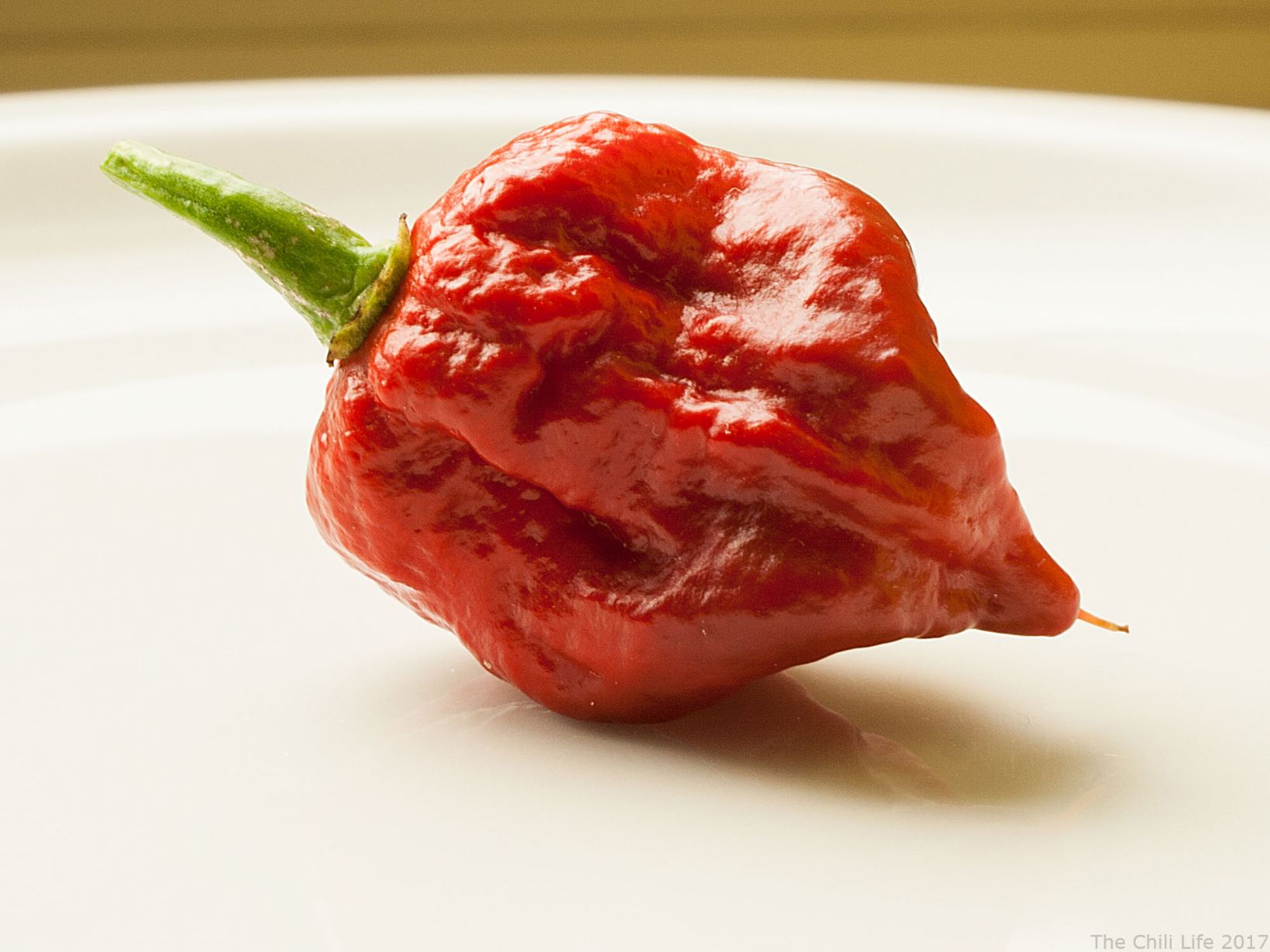
Carolina Reaper
The Carolina Reaper holds the current title for the world's hottest chili pepper, with a heat level that is truly mind-blowing. This pepper has a sweet, fruity flavor that is quickly followed by an intense, lasting burn. Carolina Reapers can be grown from seeds and used sparingly in hot sauces, salsas, and other extreme heat dishes.
Growing and Preserving Chili Peppers
Regardless of the chili pepper variety you choose, proper care is essential for successful growth. Be sure to provide adequate water, optimal temperature, and appropriate soil for your plants. Additionally, pruning and supporting your plants can help promote healthy growth and abundant harvests.
Once you've harvested your chili peppers, preserving them allows you to enjoy their flavors and heat year-round. There are various preservation methods, such as drying, freezing, or pickling, that can help you make the most of your chili pepper harvest.
Whether you're a fan of mild, medium, hot, or super-hot chili peppers, there's a variety out there to suit your taste buds. By exploring different chili pepper varieties and incorporating them into your home garden, you'll be able to enjoy their unique flavors and heat levels in your favorite dishes.



